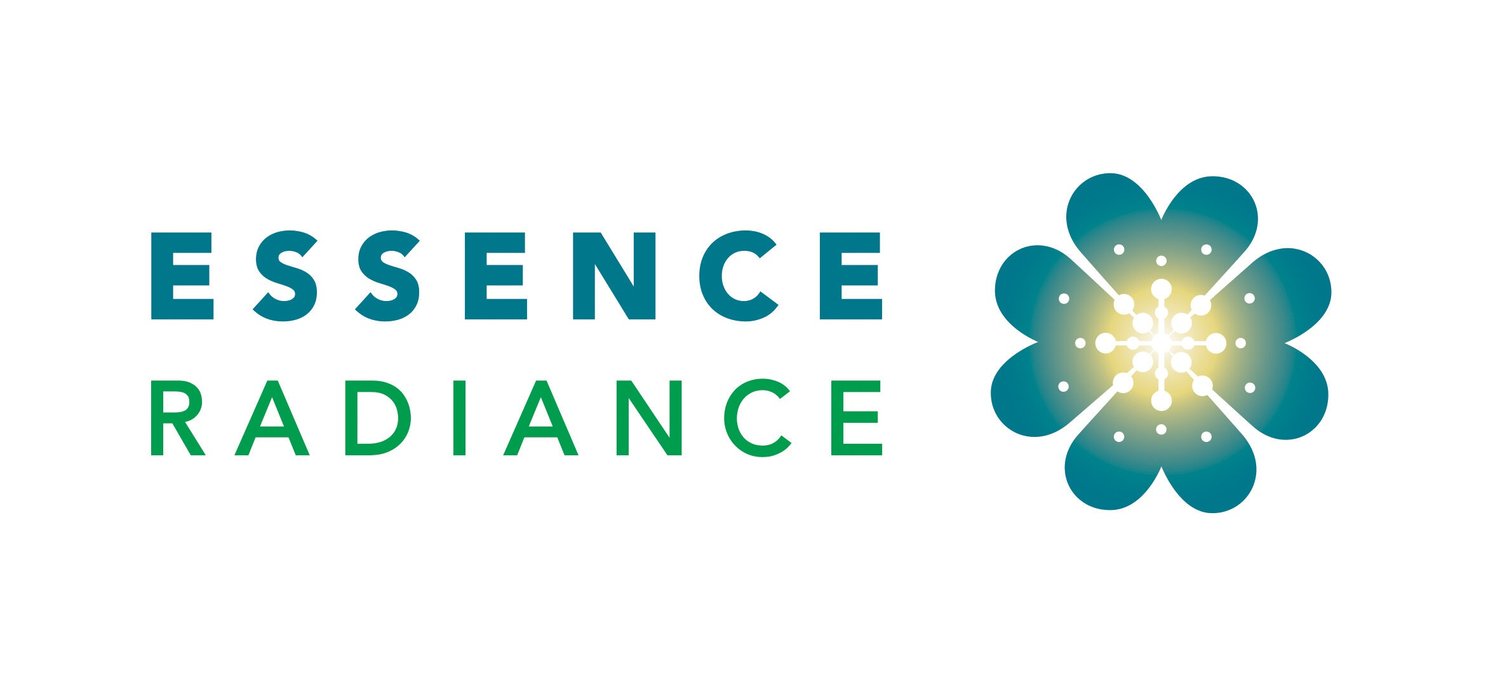Is There a Conflict Between Who You Think You Should Be and Who You Are?
A few issues ago we discussed healing the relationship between the mind and the body. We explored how we rely heavily on the ‘mind’ to determine our identity – our ‘idea’ of ourselves. It is usually the mind that ‘calls the shots’ and maintains our identity by dictating our choices, actions and behaviours. But the body and its senses, feelings and intuitions often has very different ideas about who and what we are. This difference of opinion can result in anything from a niggling source of dissatisfaction or discontentment to a full-blown inner conflict about our life purpose and choices.

